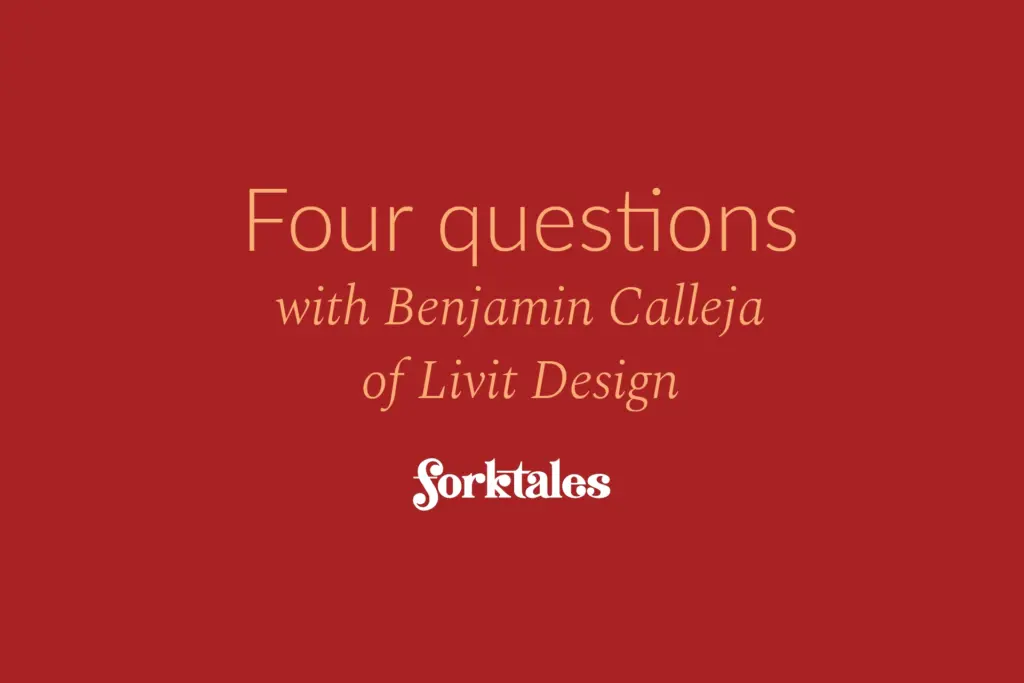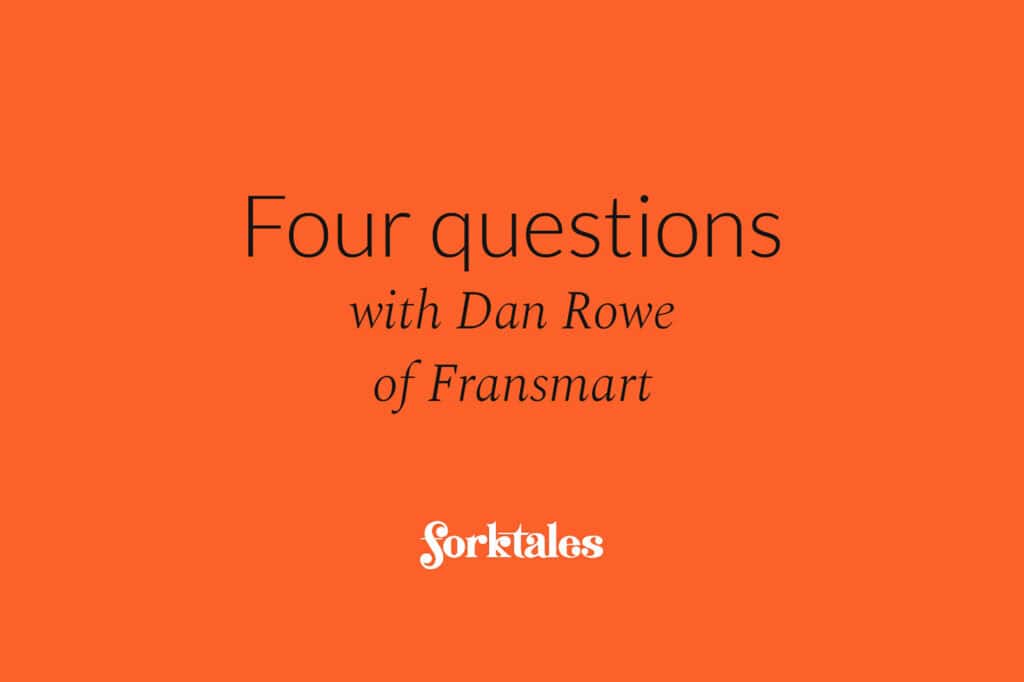This article is the first of a 5-part series about Vigor’s strategic framework.
Imagine that you’re preparing to interview for your dream job. As you carefully comb through your wardrobe, you imagine how each item might strike the interviewer—this shirt is conservative, these glasses make me look smart, these socks are coy, et cetera (we all think about these things, right?) In a moment of inspiration, you make the daring move to wear dressy boots to the interview. “Hard working and independent,” you think. Then, to your horror, you’re seated behind 5 other candidates who made the same bold, unique decision as you.
Now you’ve gone from hard working and independent to a lazy lemming.
You expected to create one impression, but because you didn’t know what you were up against—what the interviewer’s other options were—you ended up making the opposite impression.
The problem was not with the boots, but with a poor understanding of your context. Such is the life of a brand that has a great product but no positioning strategy. Because no brand lives in a vacuum, the experience you offer will always be understood in direct comparison with other options that your patron considers to be most similar to you.
In this context, the worst thing that can happen is that there is little understandable difference between you and the competitor. It’s not enough to have a secret sauce or different colored chairs. You need to put as much space as possible between you and your competitor, you need that space to be along an axis that your patron cares about, and you need to express that space in everything from your personality to your product.
In other words, you need a positioning strategy.
Let’s reimagine the horror-show interview. This time, you have photos, bios, and even the planned wardrobes of every other candidate that will be interviewed that day. You glance through your intel.
“No boots” you mutter to yourself.
As you begin to understand your context, you realize that even though there are 30 other candidates, they’re all playing one of three basic cards—”hard-worker,” “young blood,” and “the veteran.” These are the occupied positions in your market. You re-work your resume, your look, and your whole approach to provide a 4th option, “the strategist.” Now, all things being equal, rather than having a 1/30 chance of getting the job, you have a 1/4 chance, because you are the only candidate representing your position.
But all things aren’t equal—your newfound focus on your position actually allows you to prepare better than anybody else. You rehearse topics relevant to your position, your wardrobe is on-point, and your resume emphasizes your strategic experience. So you now have two layers of advantage: a clear position and better execution within that position.
You crush the interview. You get the job.
With the power of positioning, you can elevate yourself even in a crowded market. That’s why it’s the first step in every strategy we create.

